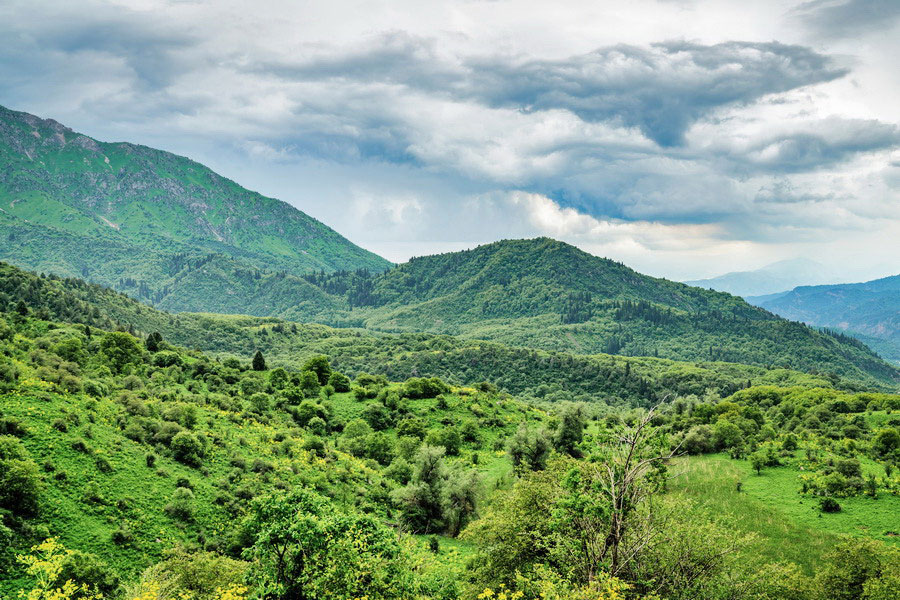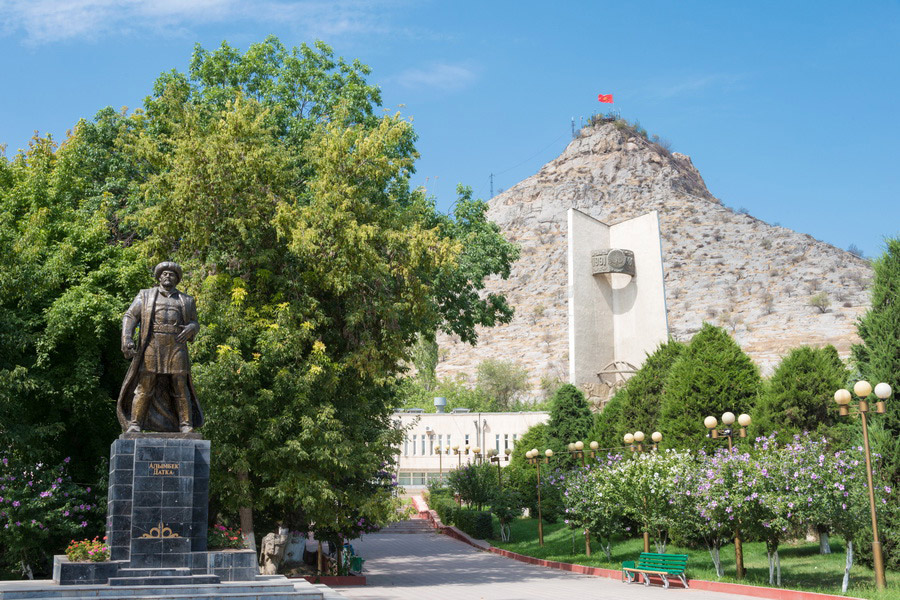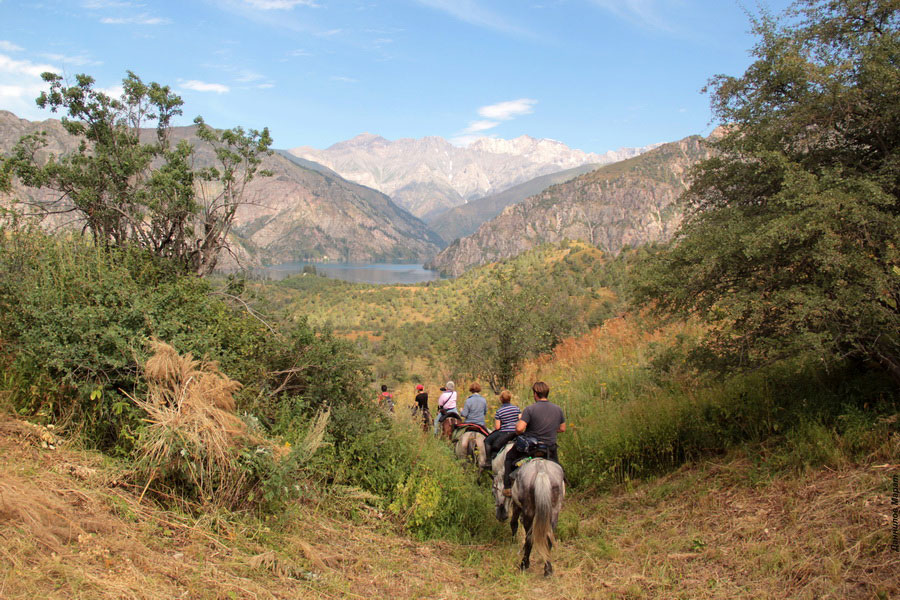
Kyrgyzstan joined the United Nations Educational, Scientific and Cultural Organization (UNESCO) in 1992. For over 30 years, the country has been conducting research to preserve and develop its cultural and historical values. For instance, Kyrgyzstan participates in numerous UNESCO programs for the conservation of intangible cultural heritage, such as "Memory of the World" and "Education for All."
In 2019, Kyrgyzstan was elected to UNESCO's Executive Board for a four-year term, receiving 157 votes out of 180 countries.
UNESCO World Heritage Sites in Kyrgyzstan
Kyrgyzstan is home to three natural sites inscribed on the World Heritage List:
- Sulaiman-Too Sacred Mountain (included in 2009),
- Silk Roads: the Routes Network of Chang'an-Tianshan Corridor (included in 2014),
- Western Tien-Shan (included in 2016).
Sacred Mountain Sulaiman-Too

Located in Osh, this mountain has been considered sacred for 1,500 years. During the times of the Great Silk Road, Sulaiman-Too served as a beacon for traders and travelers. The mountain slopes are home to places of worship, rock paintings, and seven sacred caves. People still visit the 17 worship sites on the mountain, believing they can receive healing and ask for longevity. One of the mountain's five peaks houses the "Tahti Sulaiman" mosque, while another mosque and mausoleum can be found at the foot of the mountain.
Silk Roads: the Routes Network of Chang'an-Tianshan Corridor
This site is also under UNESCO's protection in Kazakhstan and China. On the Kyrgyz side, notable sites include the ancient settlements of Suyab (Ak-Beshim), Krasnaya Rechka, and Burana (Balasagun). Caravans of the Great Silk Road once passed through these areas. Today, these territories are located in the Chu Valley, where visitors can see the remains of Buddhist monasteries, Nestorian temples, necropolises, early medieval castles, the Burana Tower, and much more.
Western Tien-Shan

The Western Tien-Shan, one of the world's largest mountain systems, is also recognized as a heritage site in Kazakhstan and Uzbekistan. In Kyrgyzstan, there are three nature reserves: Sary-Chelek, Padyshatinskiy, and Besh-Aralskiy. These reserves protect and foster the rich biodiversity of plant and animal life in the region.
Kyrgyzstan's Monuments on the UNESCO World Heritage Tentative List:
- Saimaly-Tash Petroglyphs (added to the list in 2001): This site in the Kyrgyz protected area is home to one of Central Asia's largest collections of rock art. Scientists believe the oldest petroglyphs date back to the 3rd and 2nd millennia BC.
- Great Silk Road Routes in Kyrgyzstan (introduced in 2011): Notable sites include nomadic monuments in Naryn Oblast, historical sites along the southern shore of Lake Issyk-Kul, medieval sites in Nevaket, Suyab, and Balasagun, the Manas Ordo cultural environment in Talas Oblast, the Safed Bulan (Safid-Bulan) cultural landscape, and the separate ruins of Uzgen and Shorobashat.
Removed Sites from the Tentative List
- Shah Fazil (added in 2001),
- Uzgen (added in 2001, removed in 2011 due to its inclusion in the tentative list as part of the Great Silk Road routes),
- Burana Tower (added in 2001, removed in 2014 due to its inclusion in the UNESCO World Heritage List as part of the site called the Great Silk Road: Chang'an-Tian Shan Corridor Route Network),
- Cultural and Natural Landscape of Issyk-Kul (added in 2001, removed in 2011 since the southern part of the lake was included in the tentative list as part of the Great Silk Road routes).
Kyrgyzstan boasts unique UNESCO World Heritage Sites that attract visitors from around the world. For example, the sacred Sulaiman-Too mountain draws thousands of Muslims each year. Ancient monuments of the nomadic Kyrgyz people, situated along the Great Silk Road, never fail to impress tourists. For nature enthusiasts, we recommend a visit to the Western Tien-Shan. By exploring Kyrgyzstan's historical sites during your travels, you'll uncover many fascinating discoveries.
Learn more about the UNESCO Intangible Cultural Heritage List in Kyrgyzstan.

